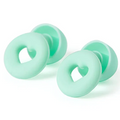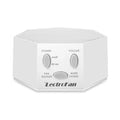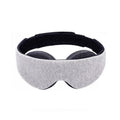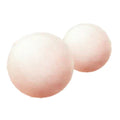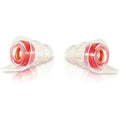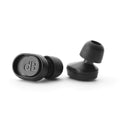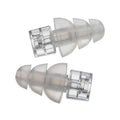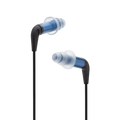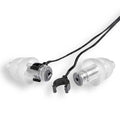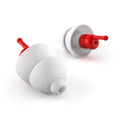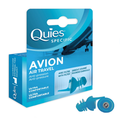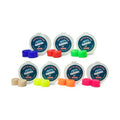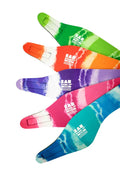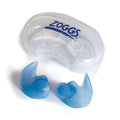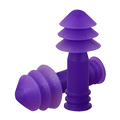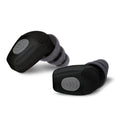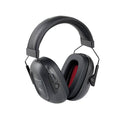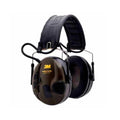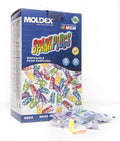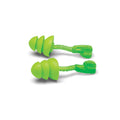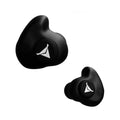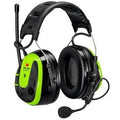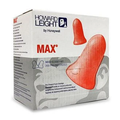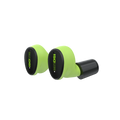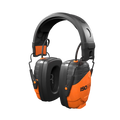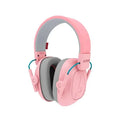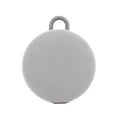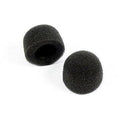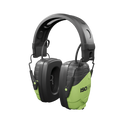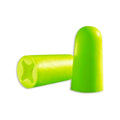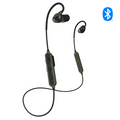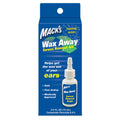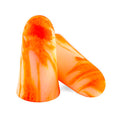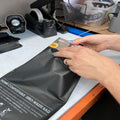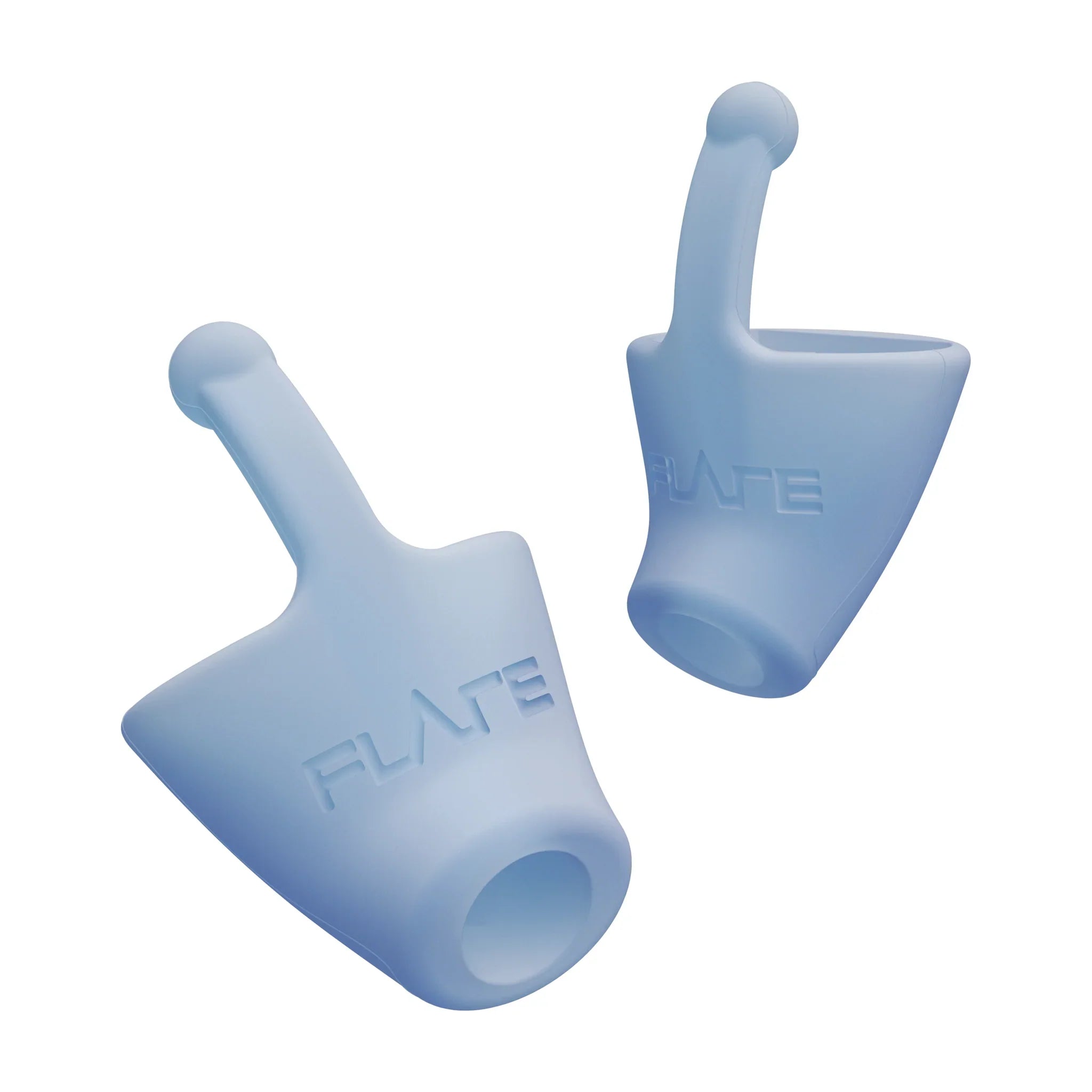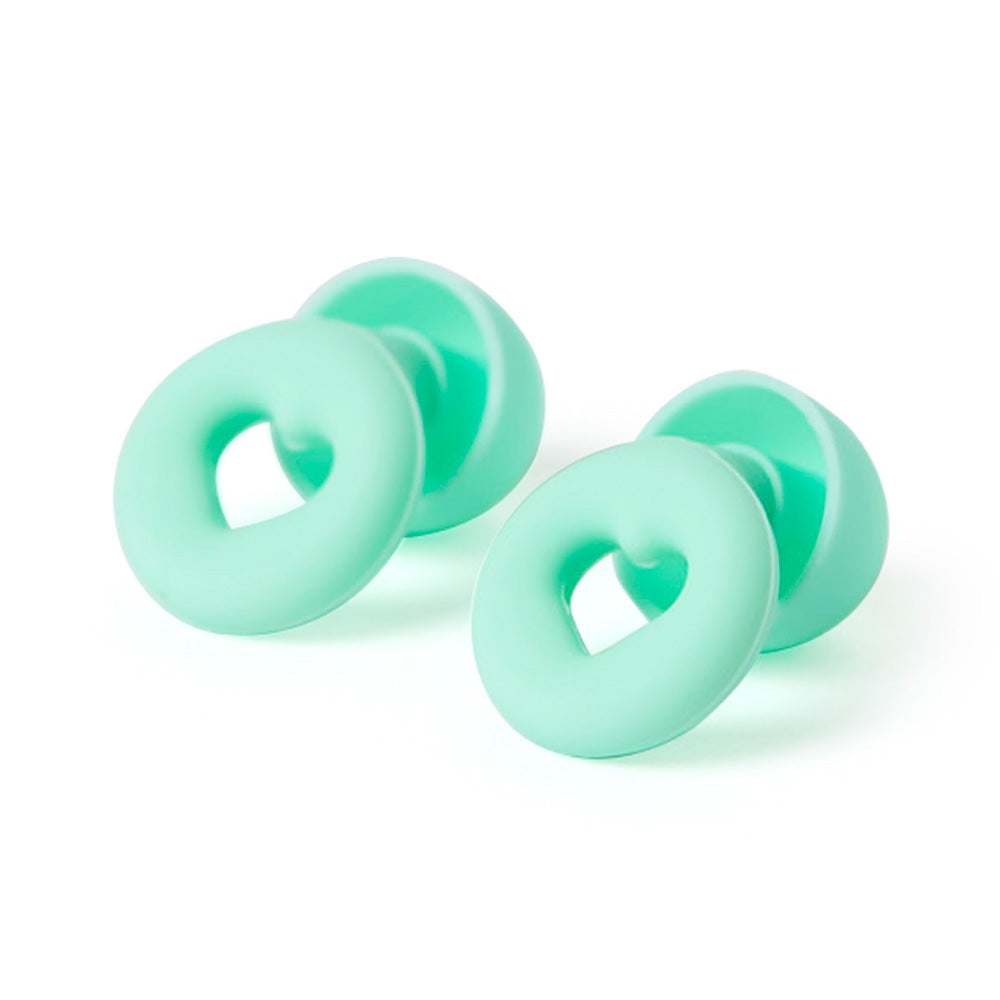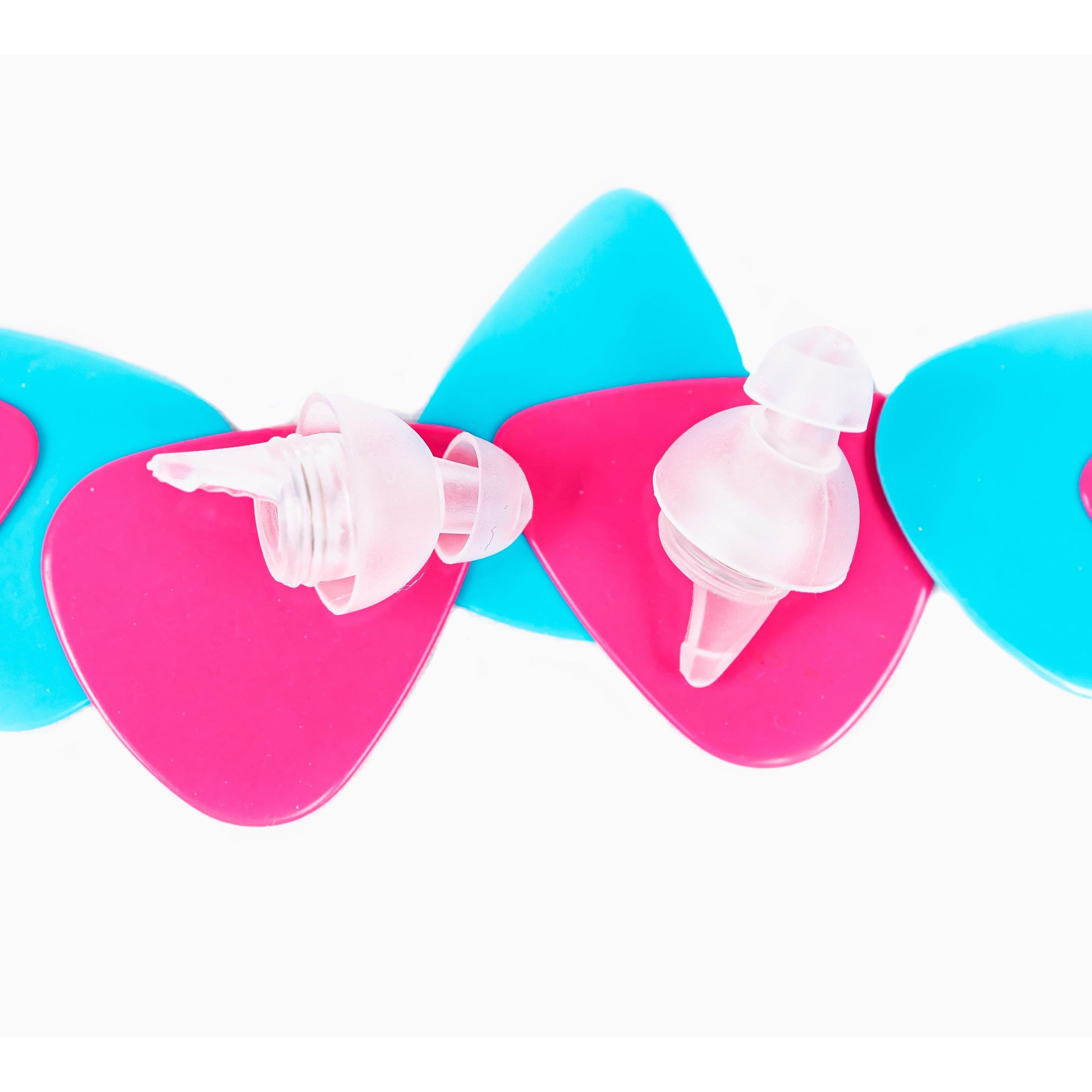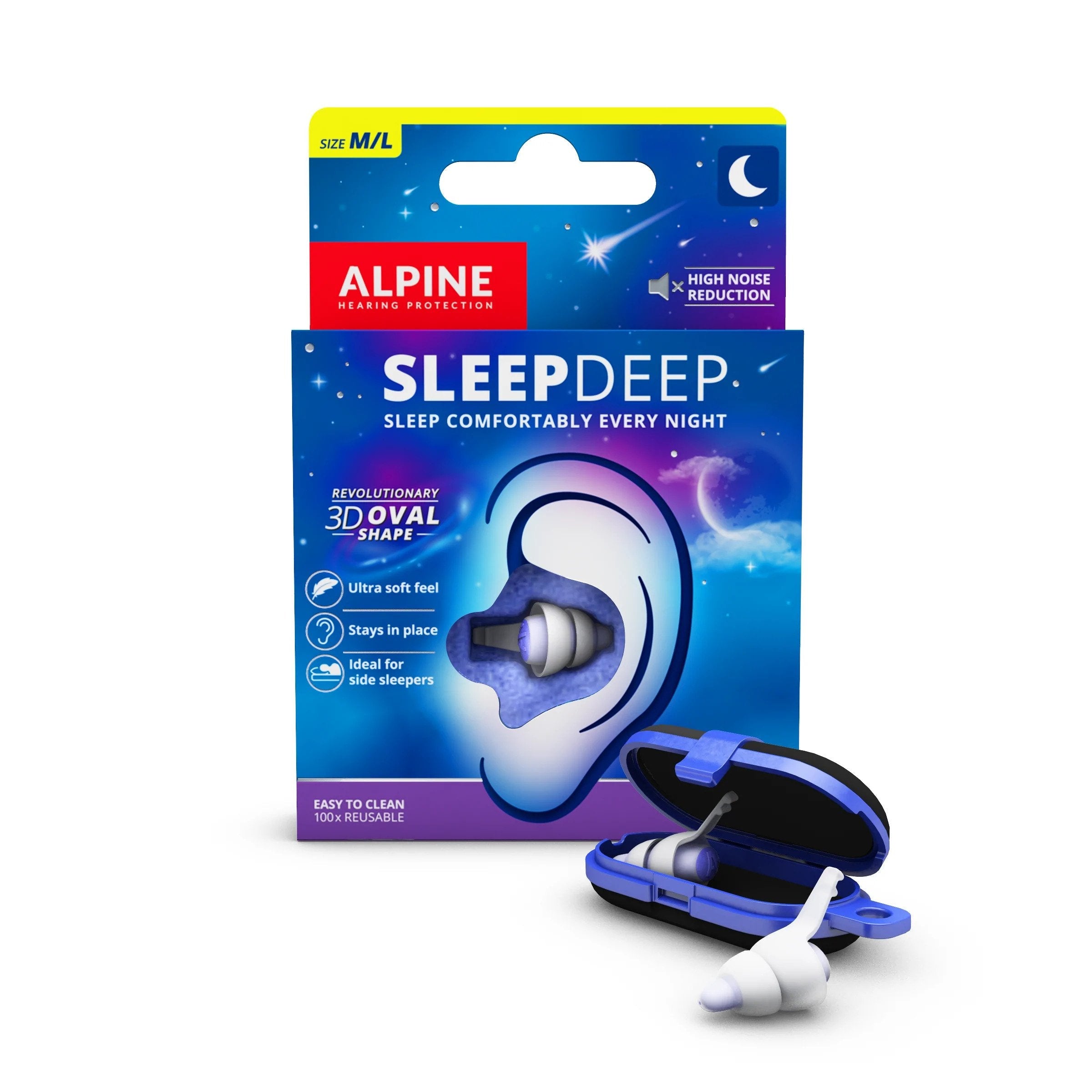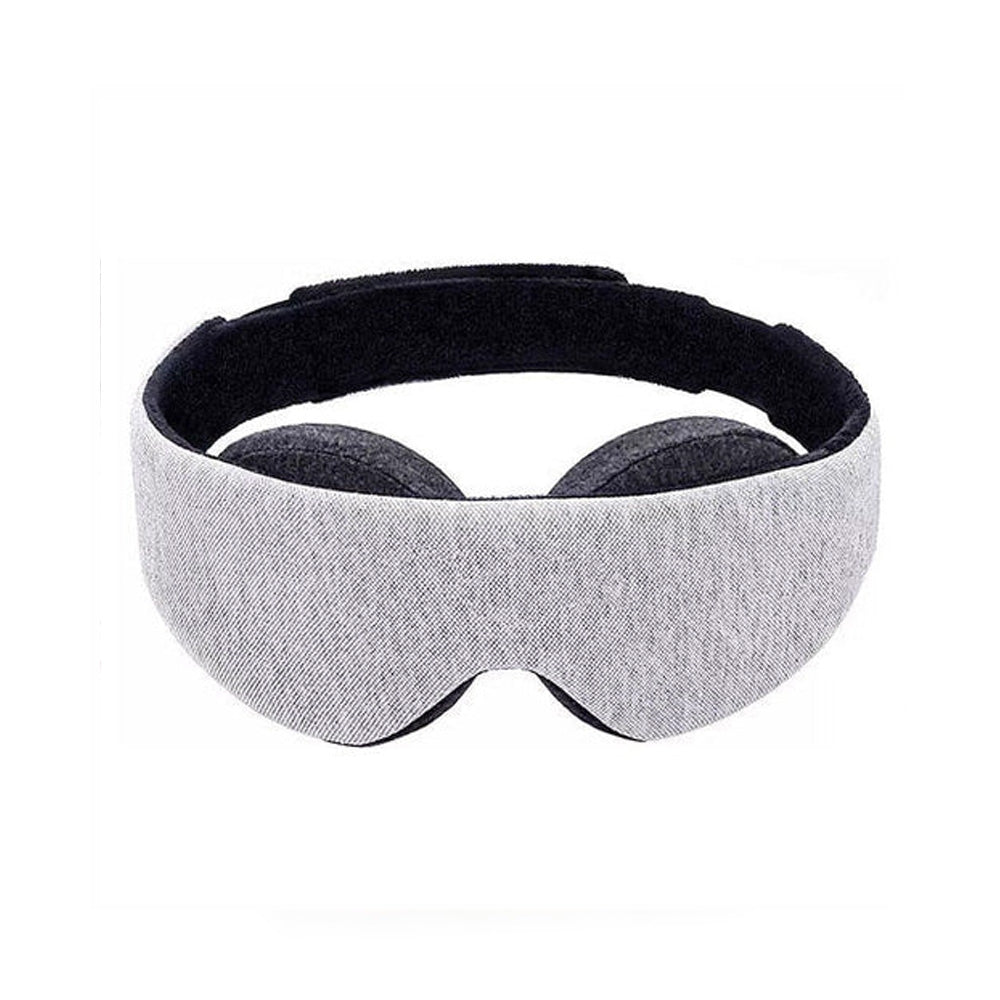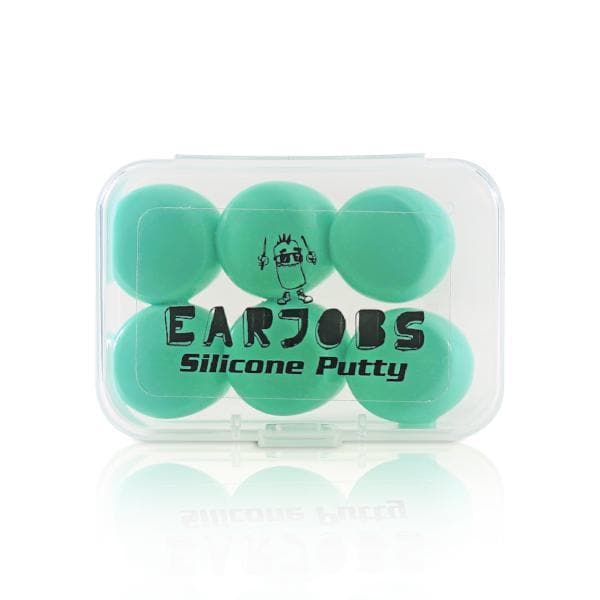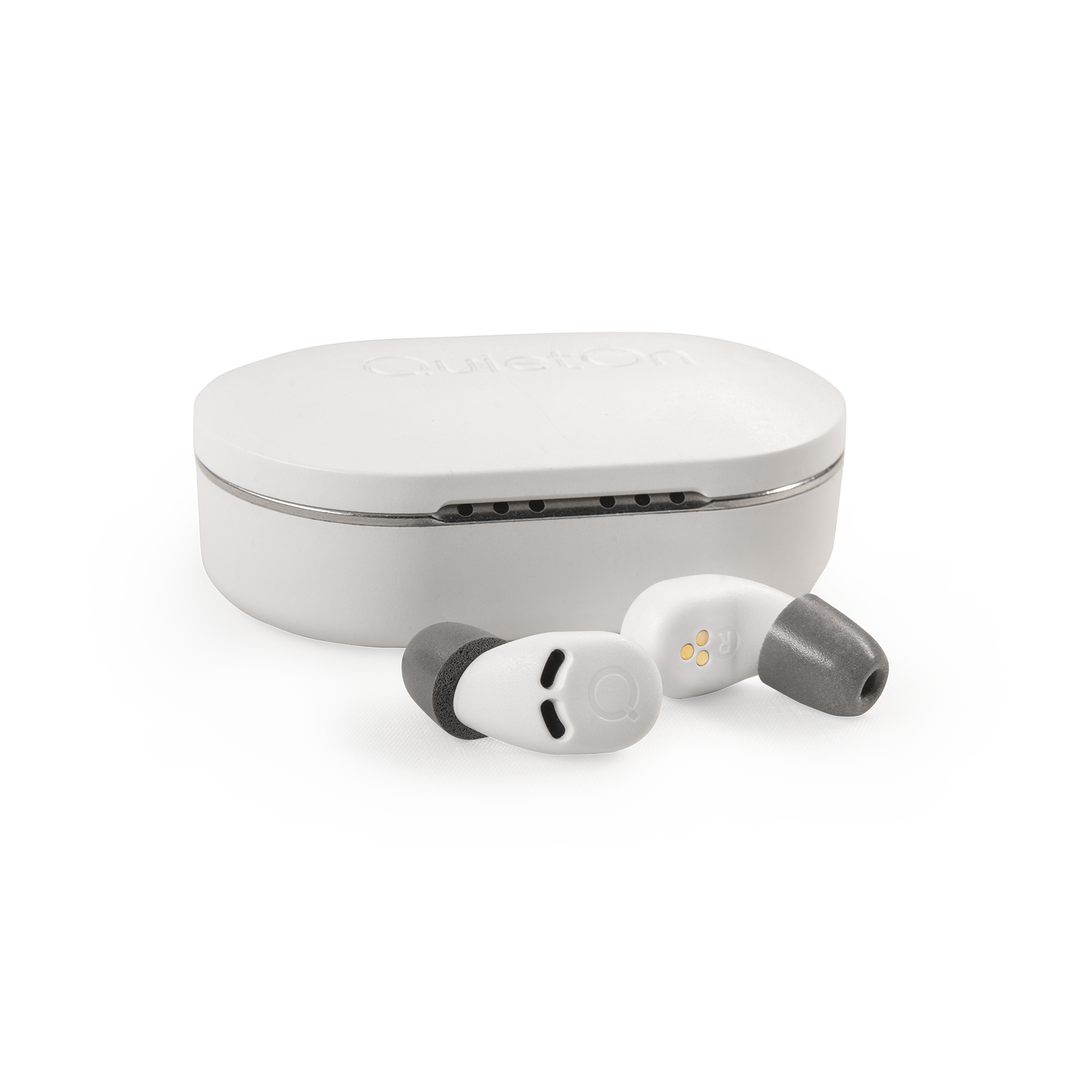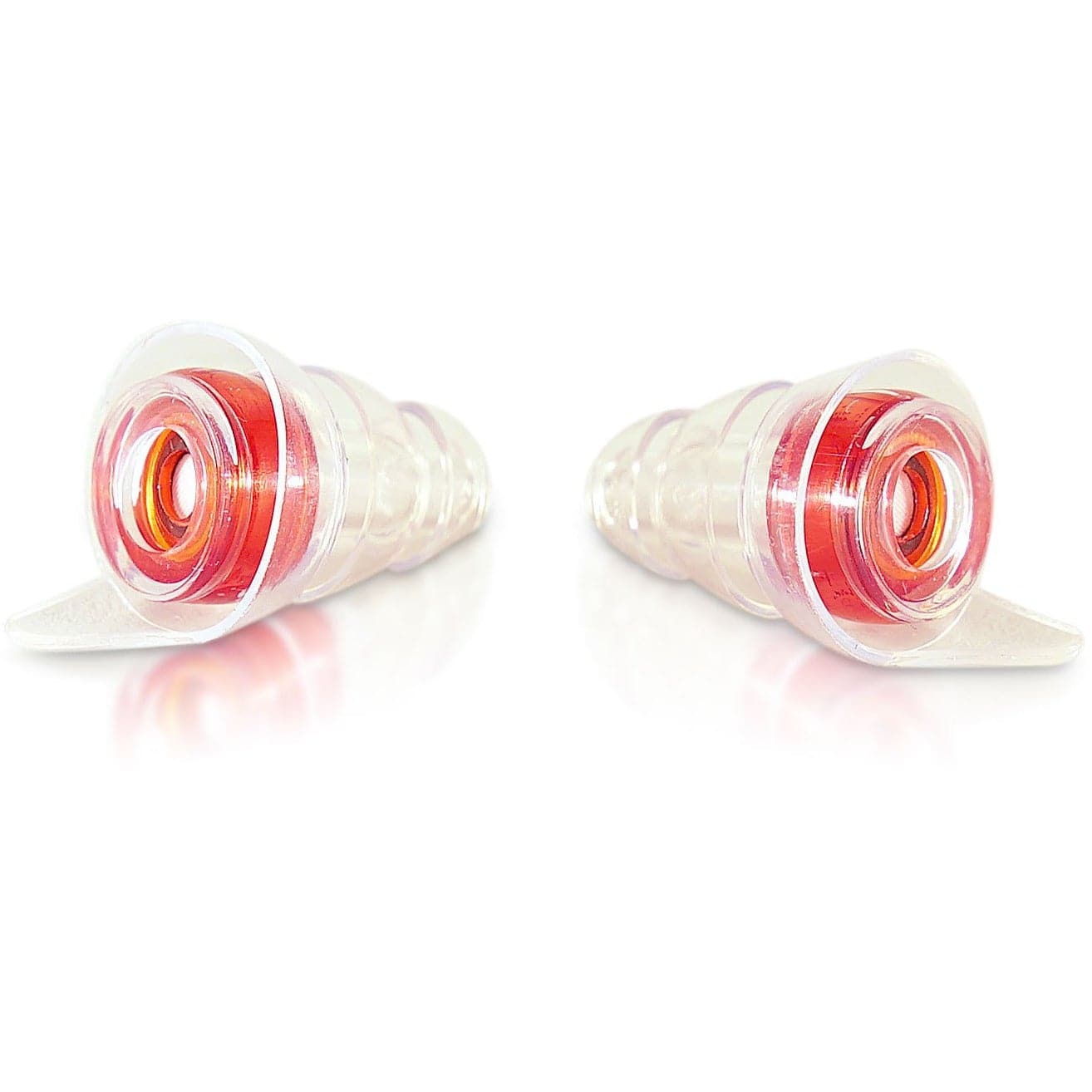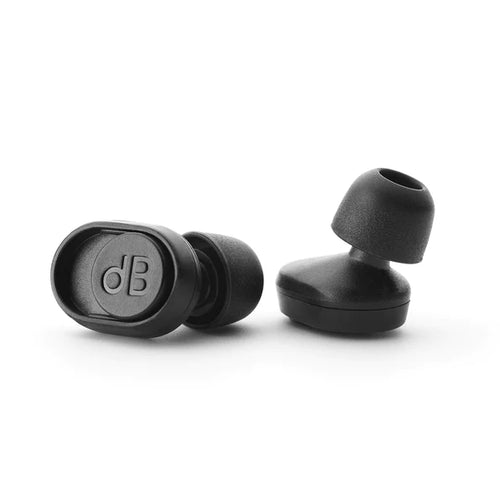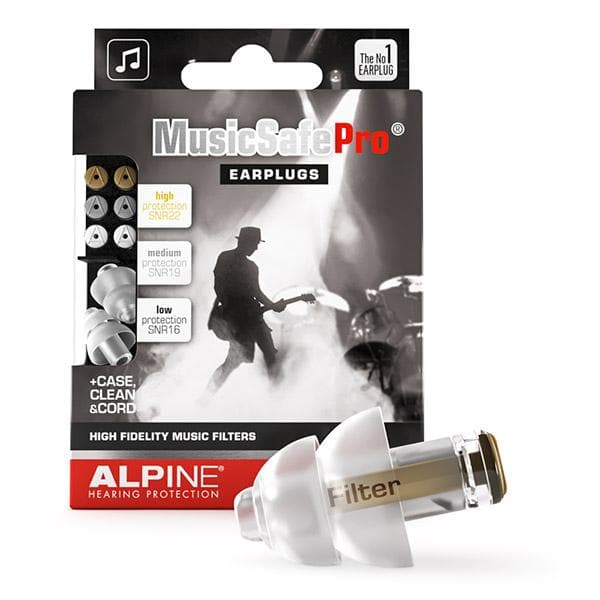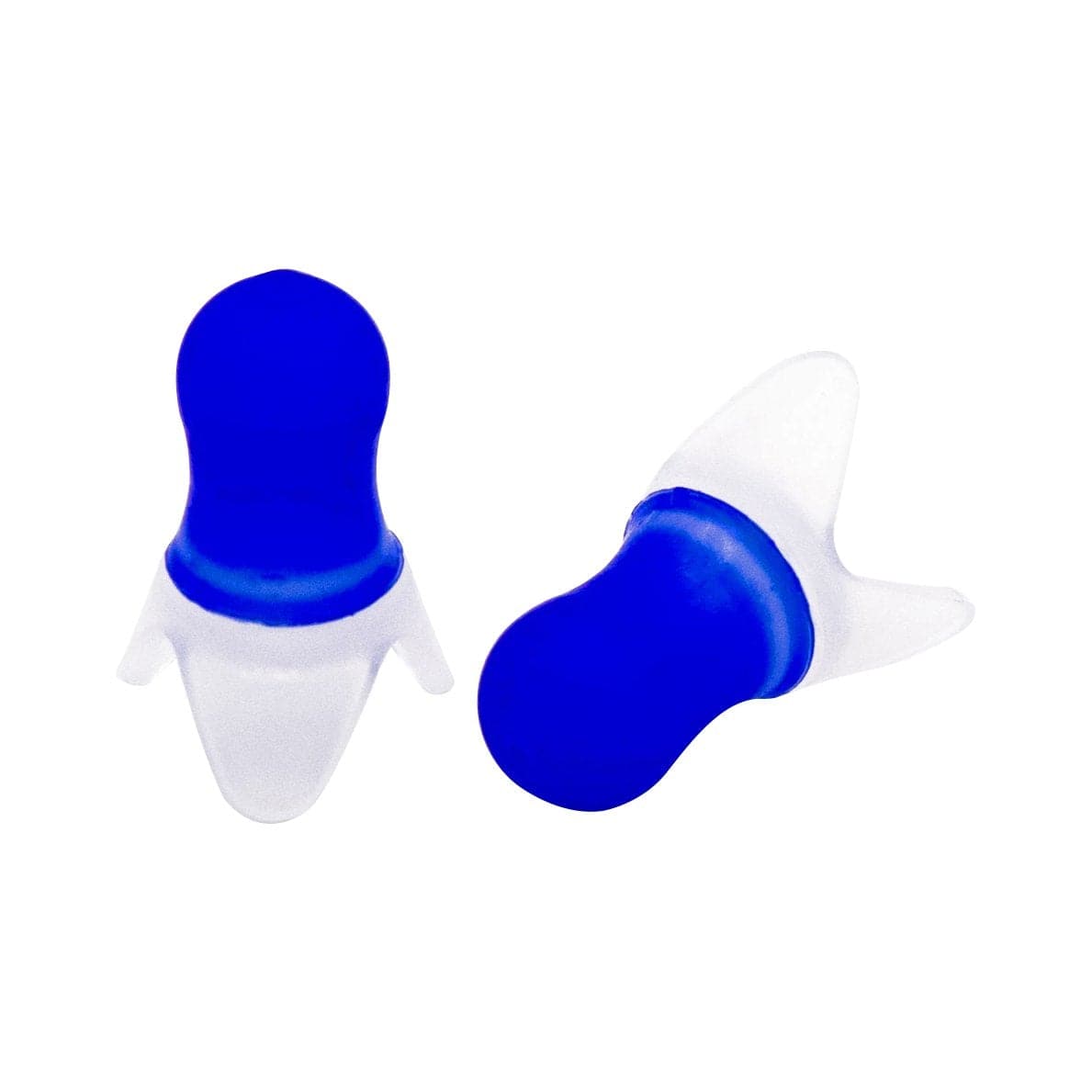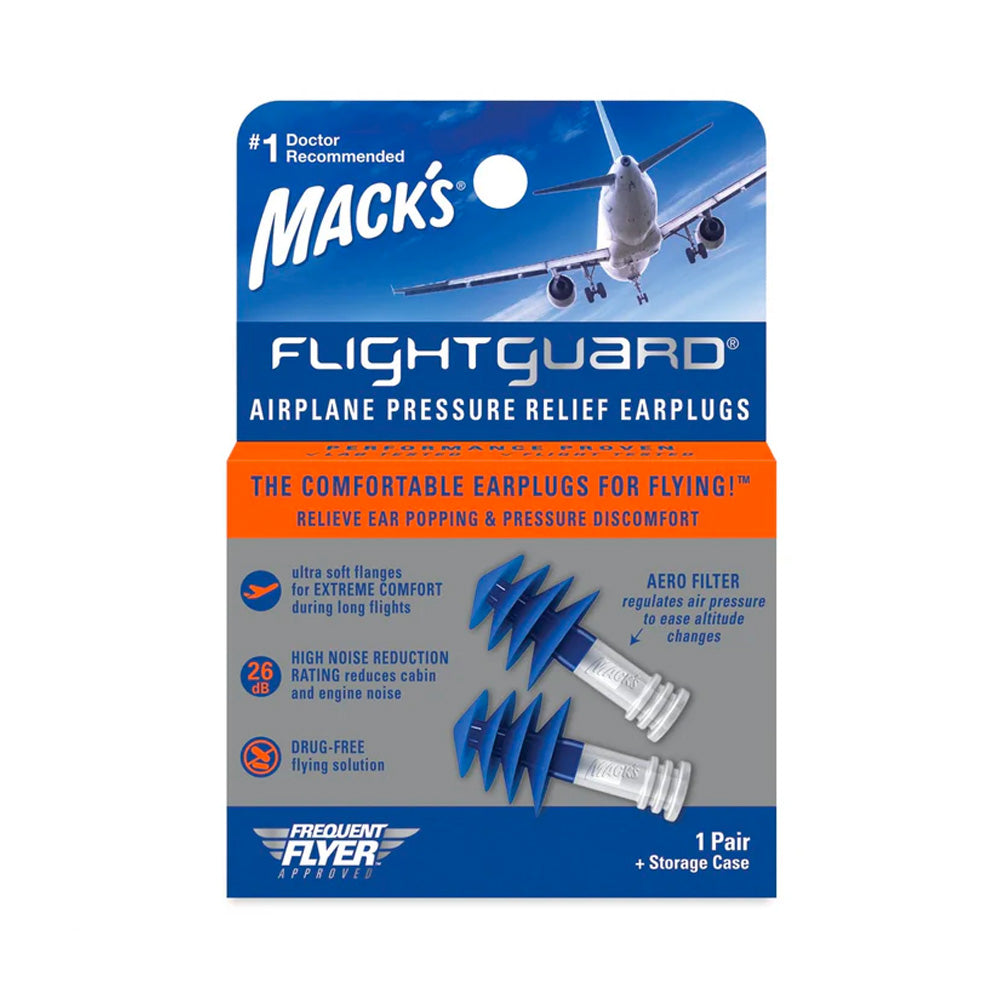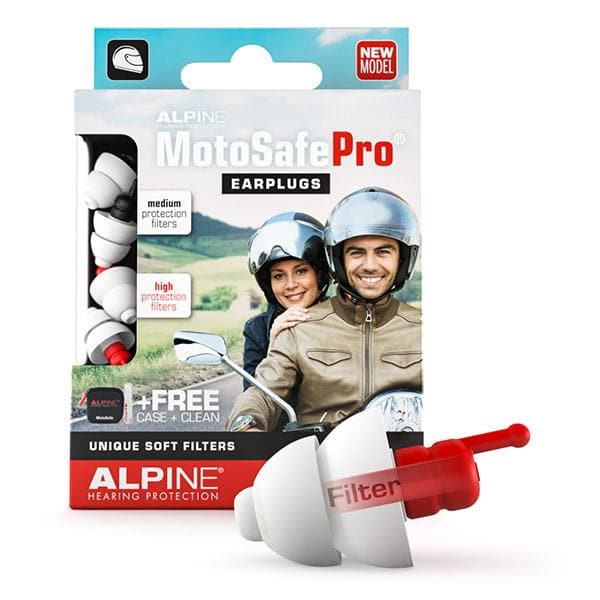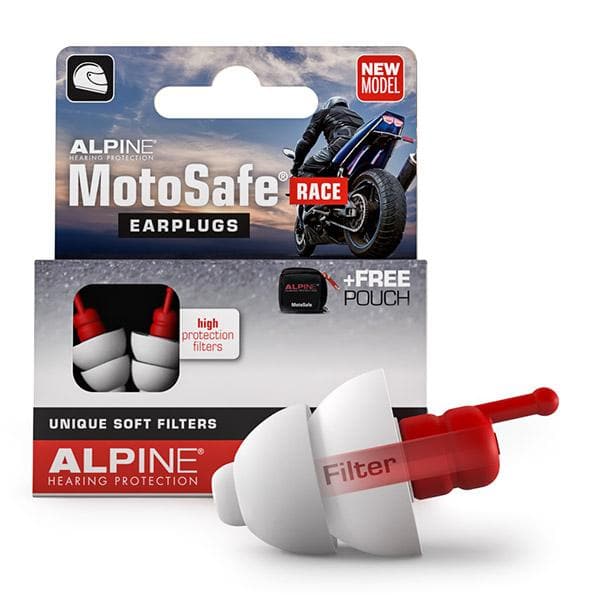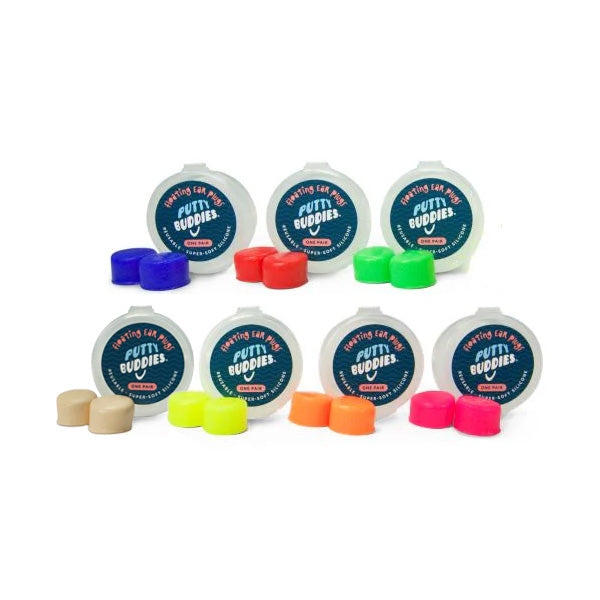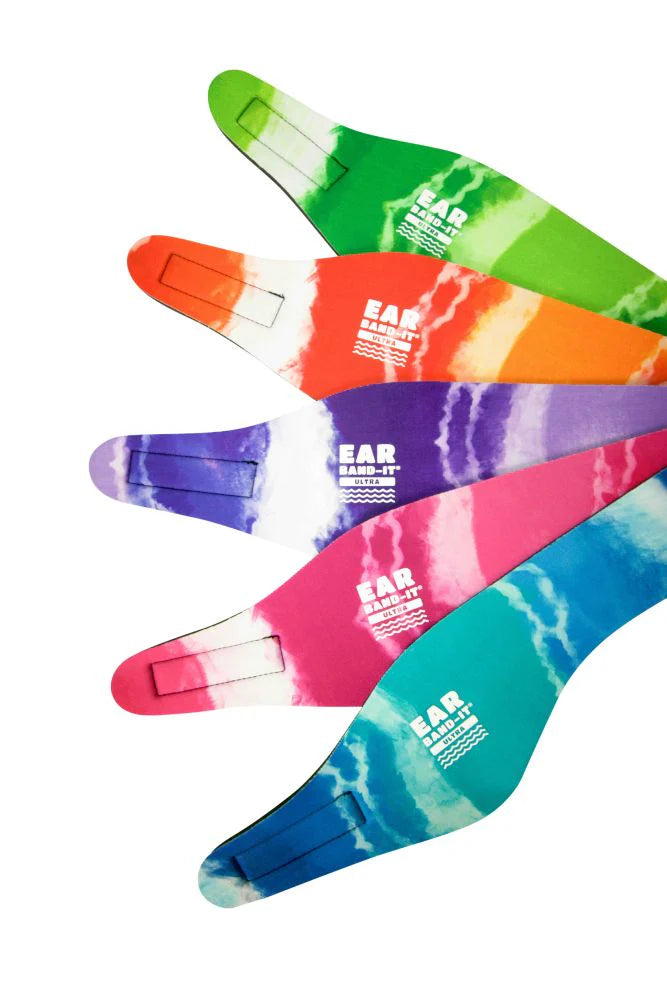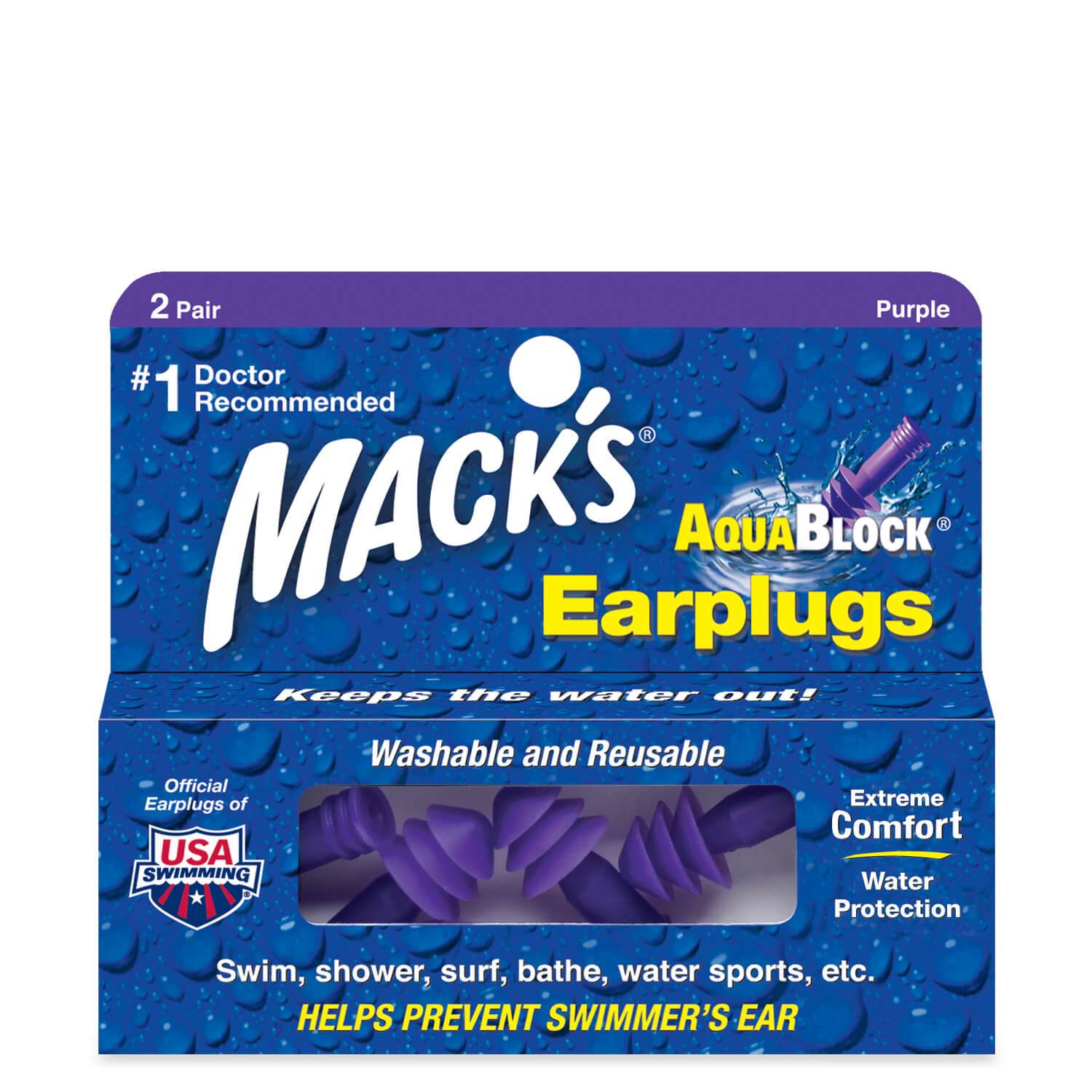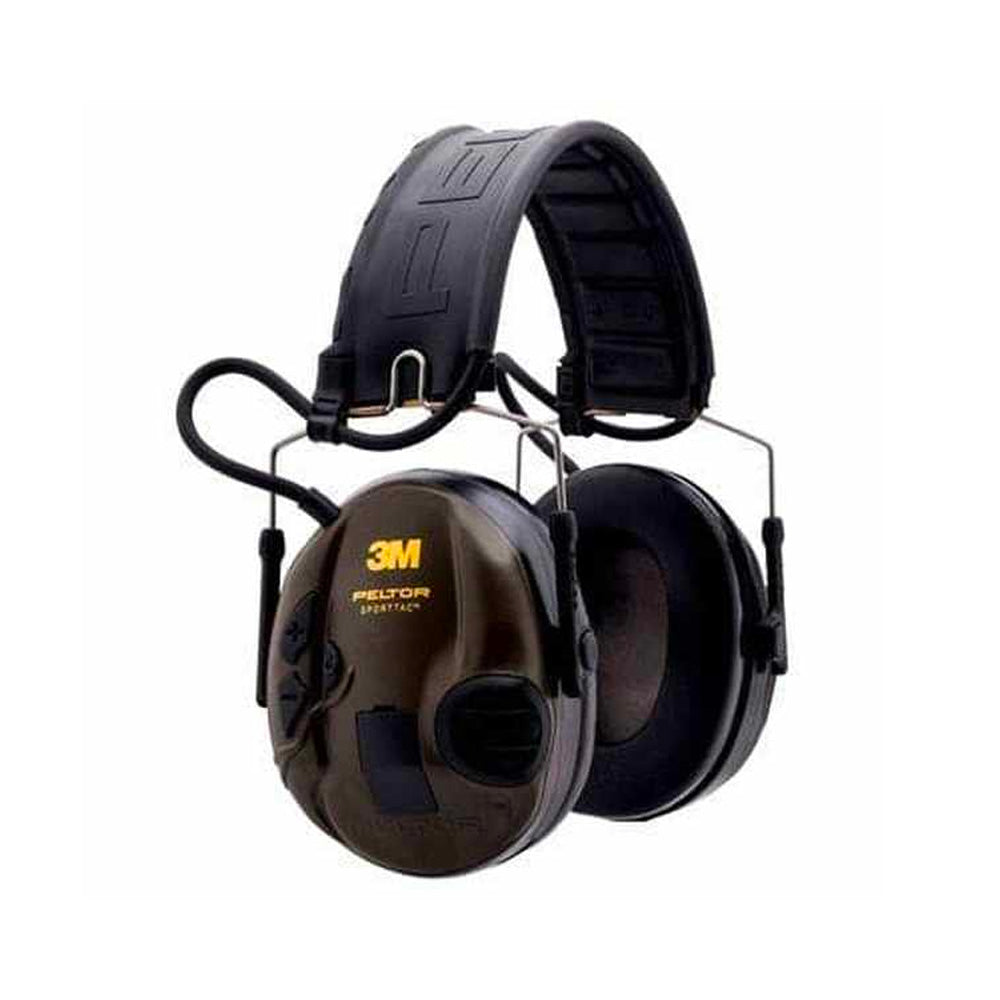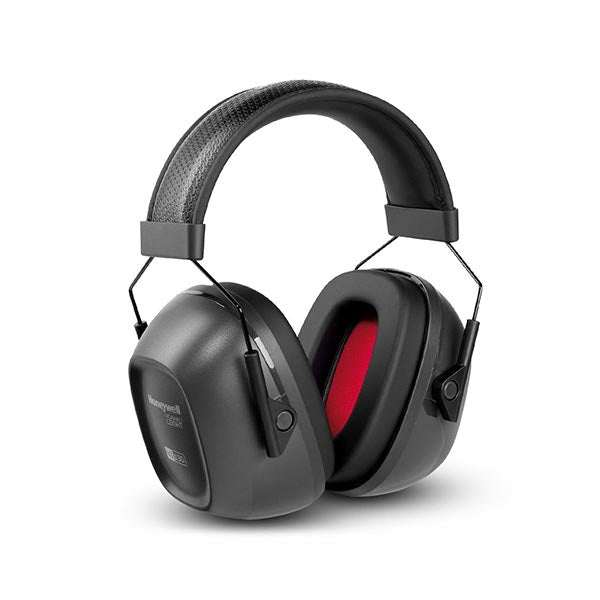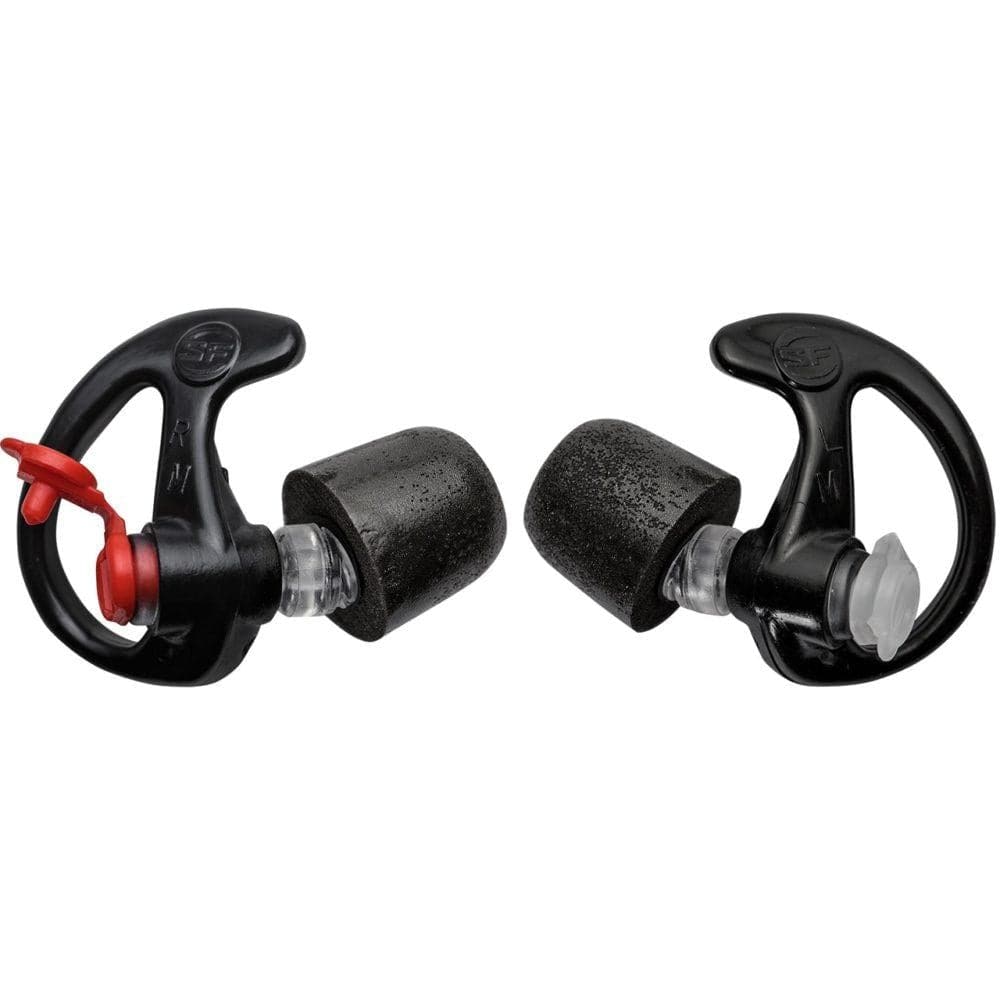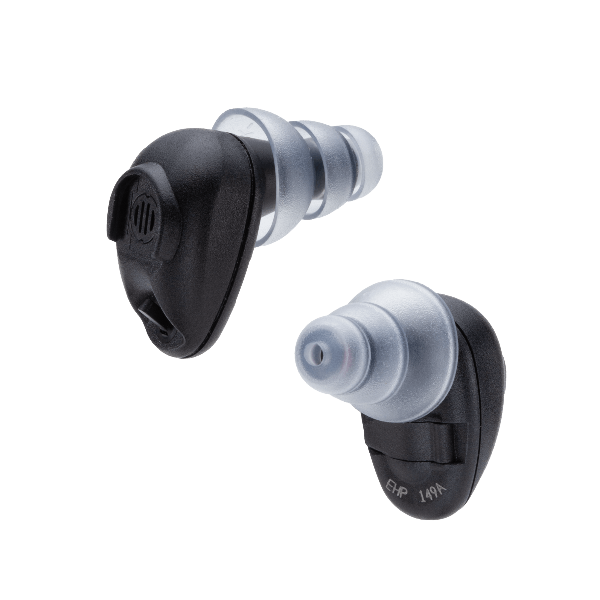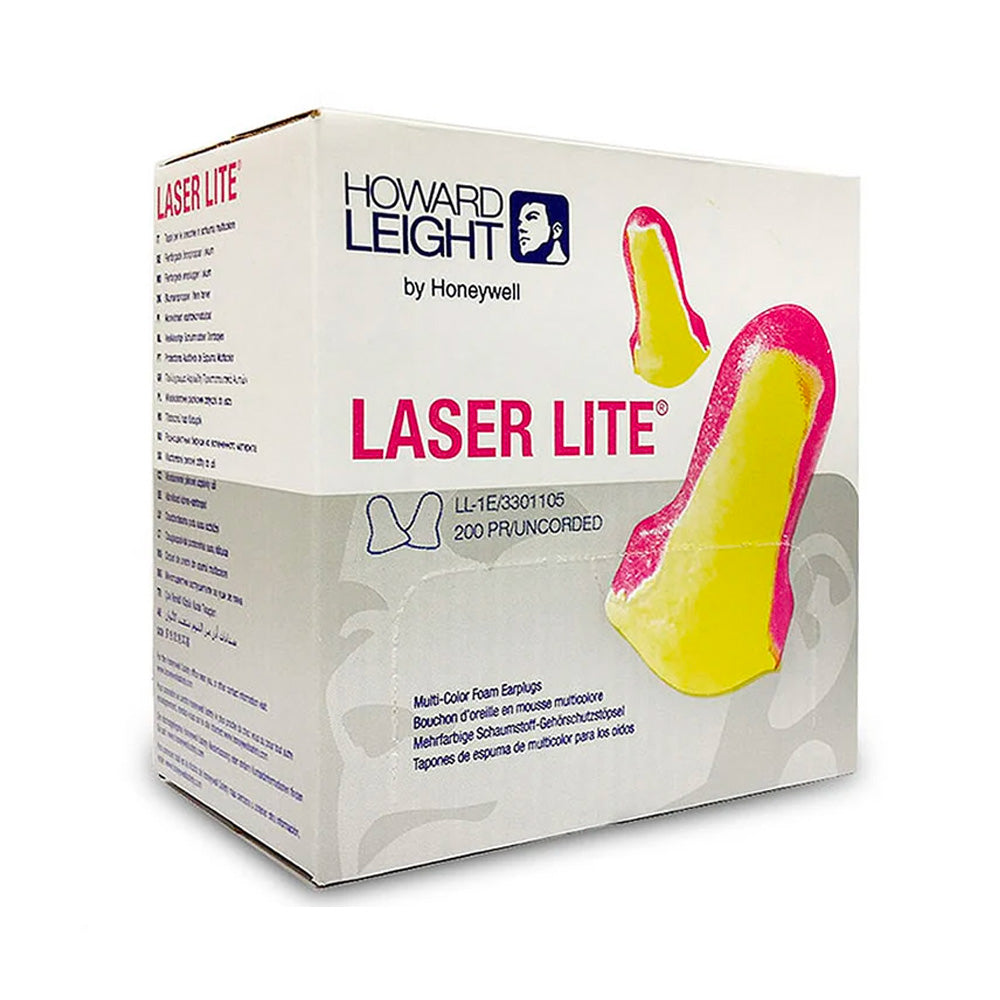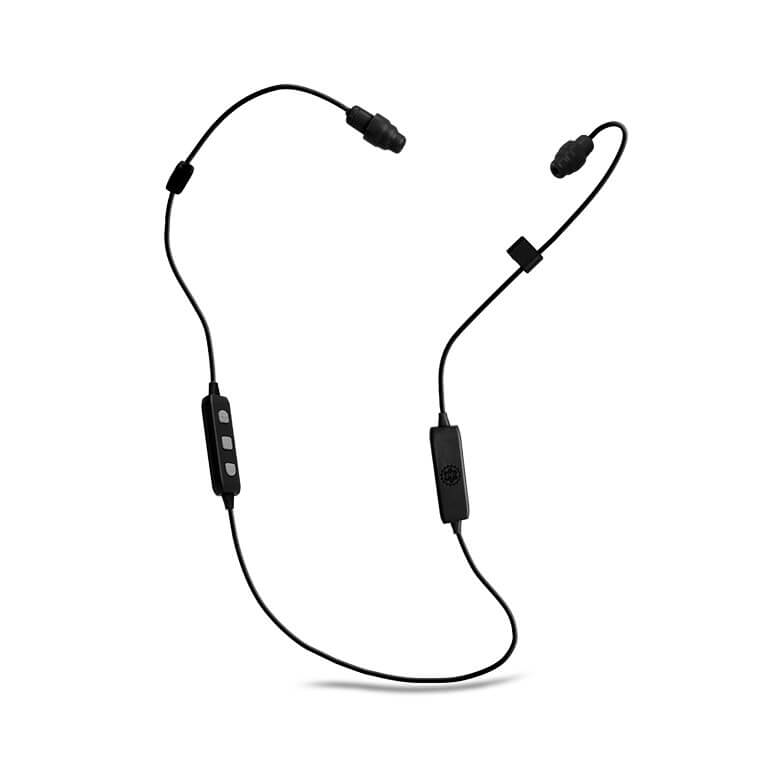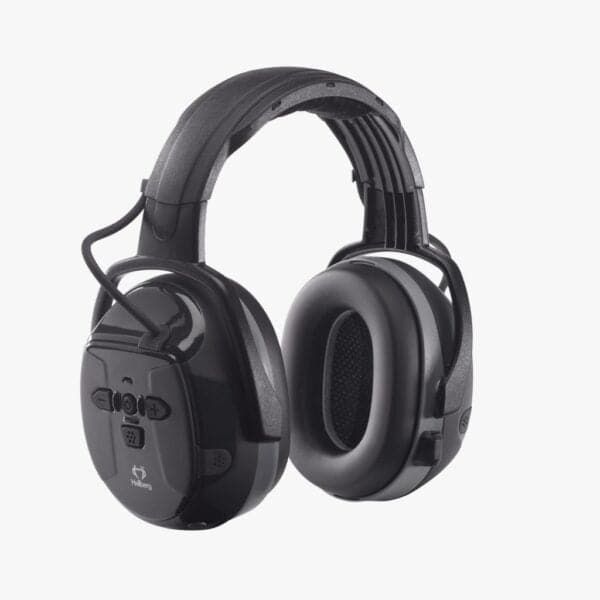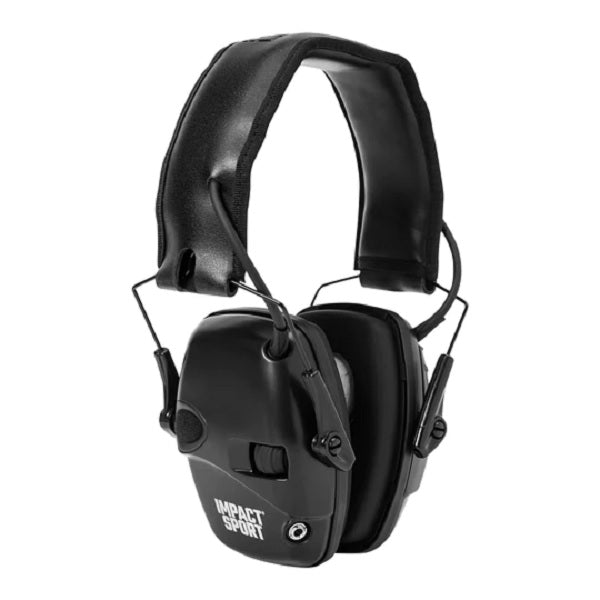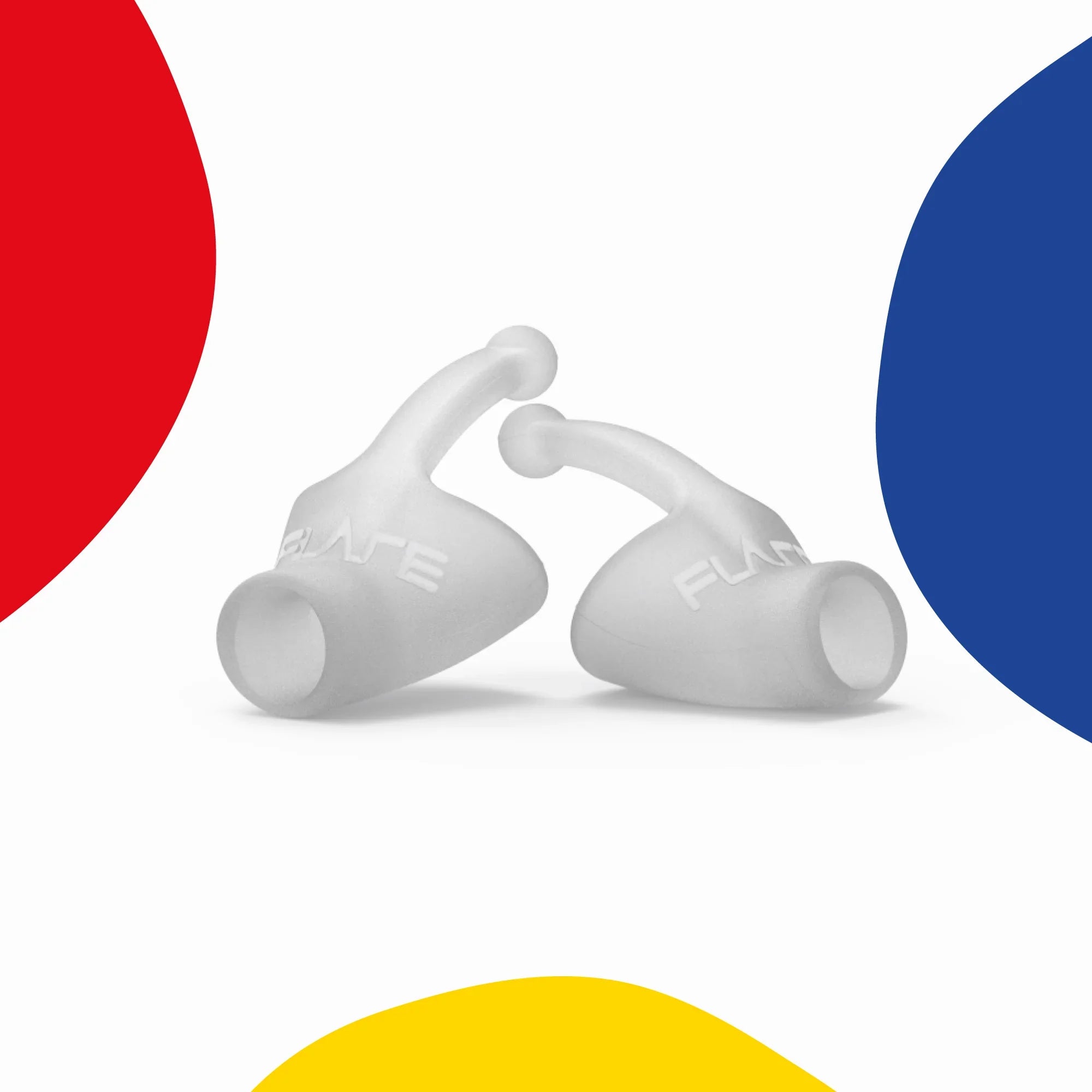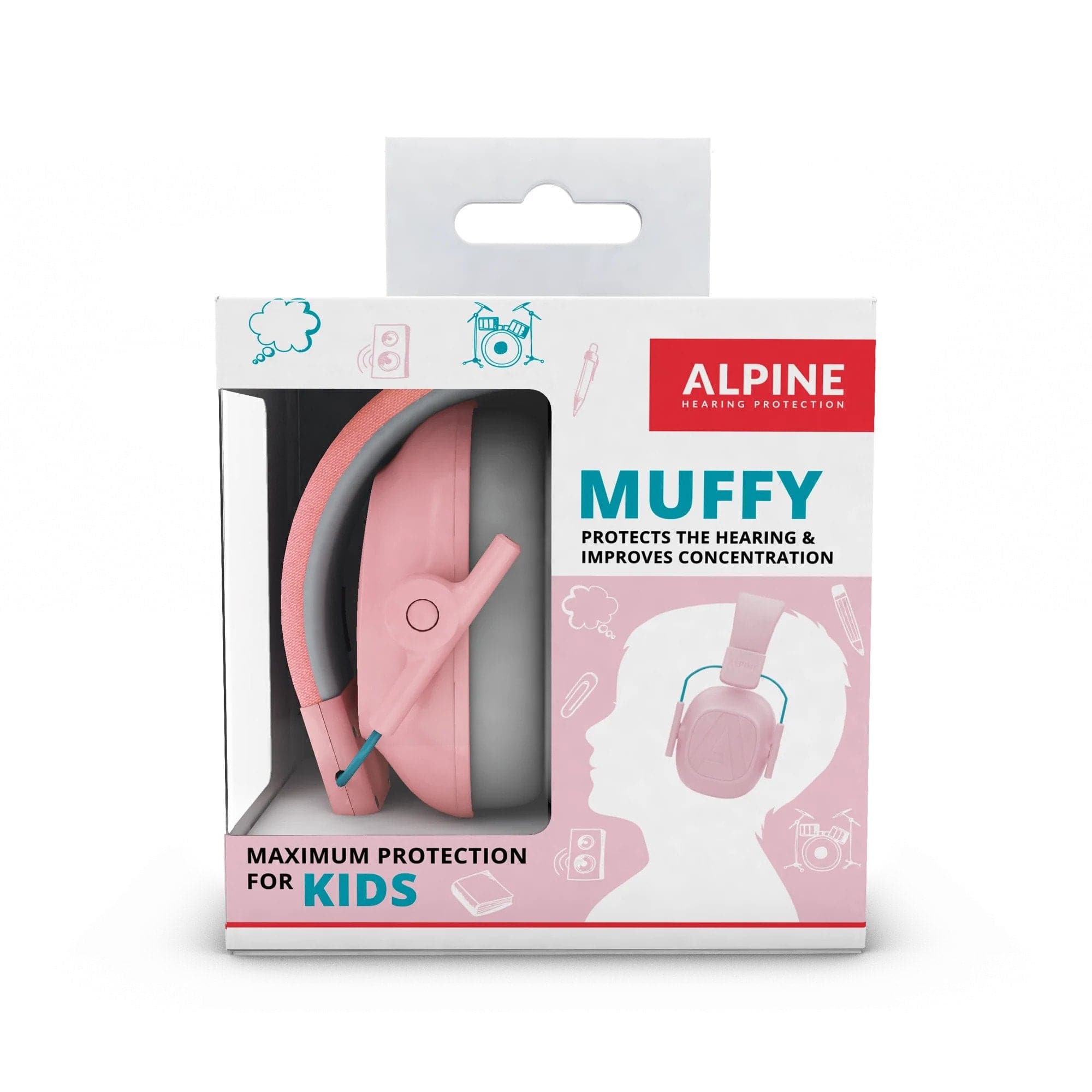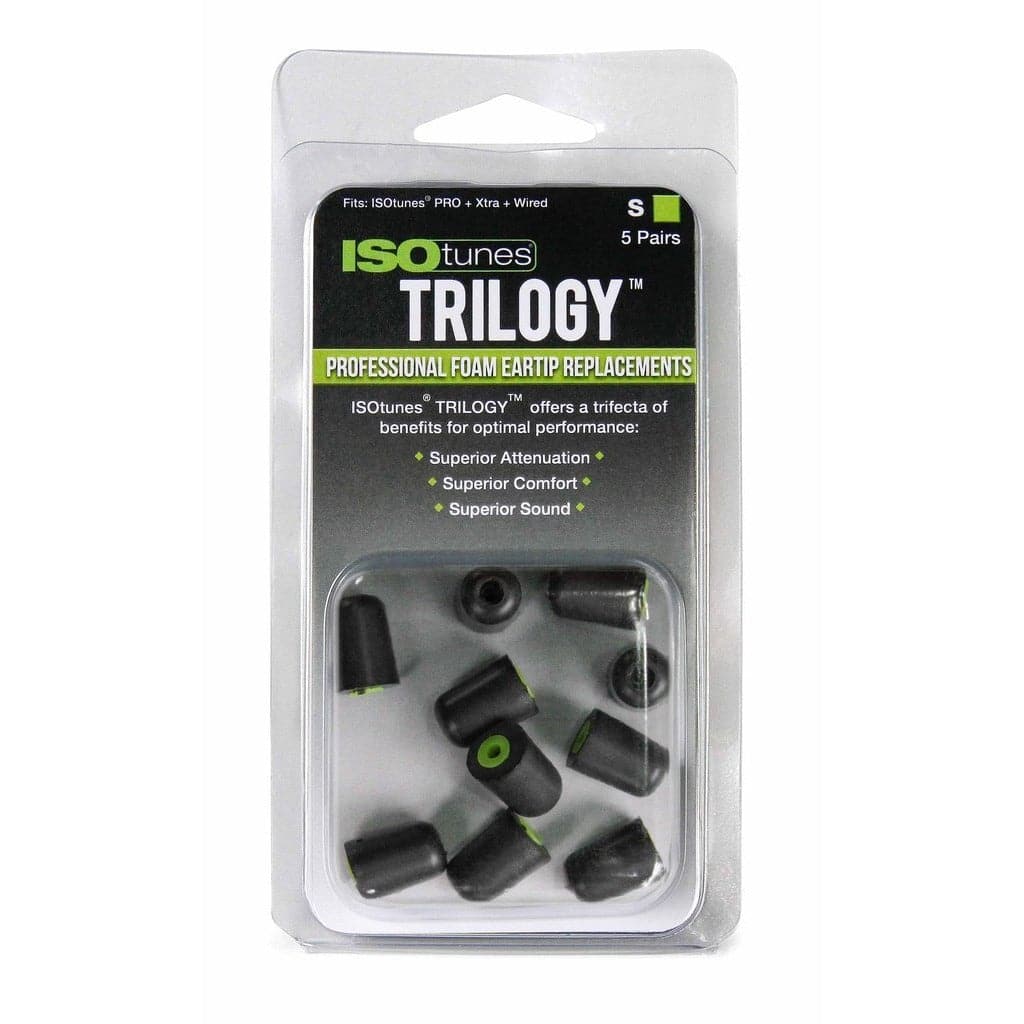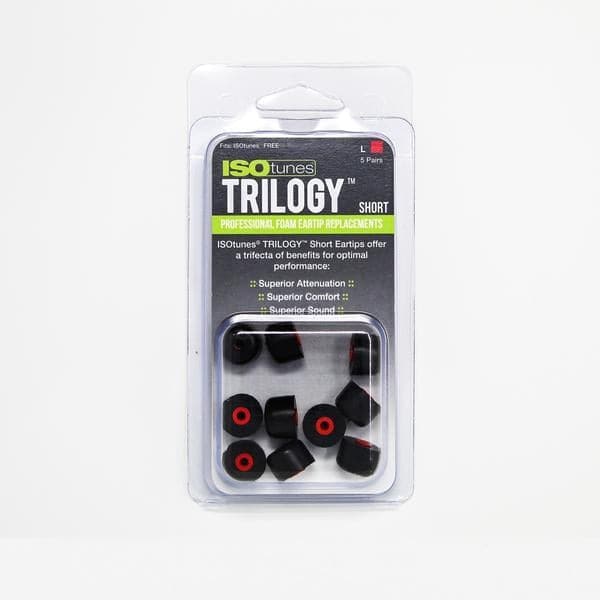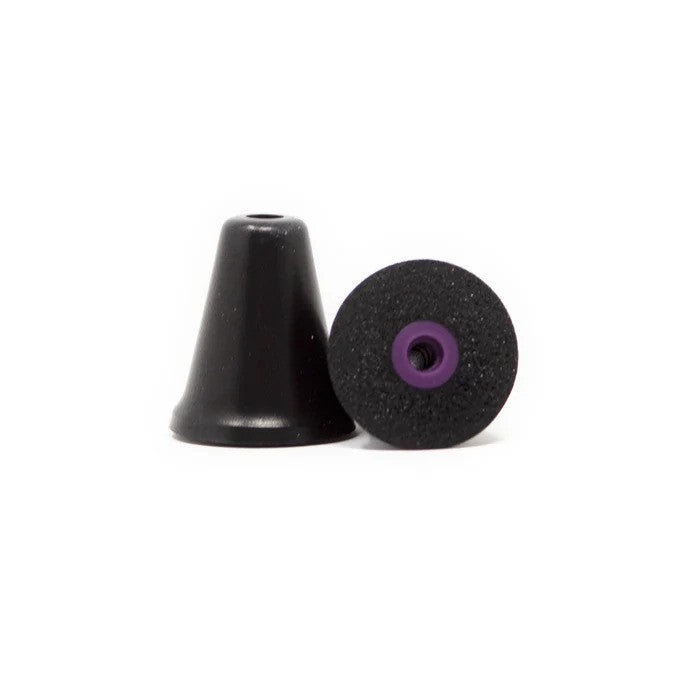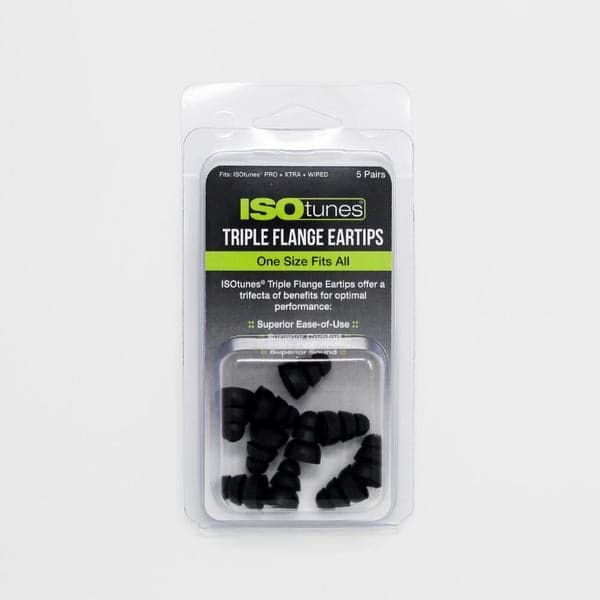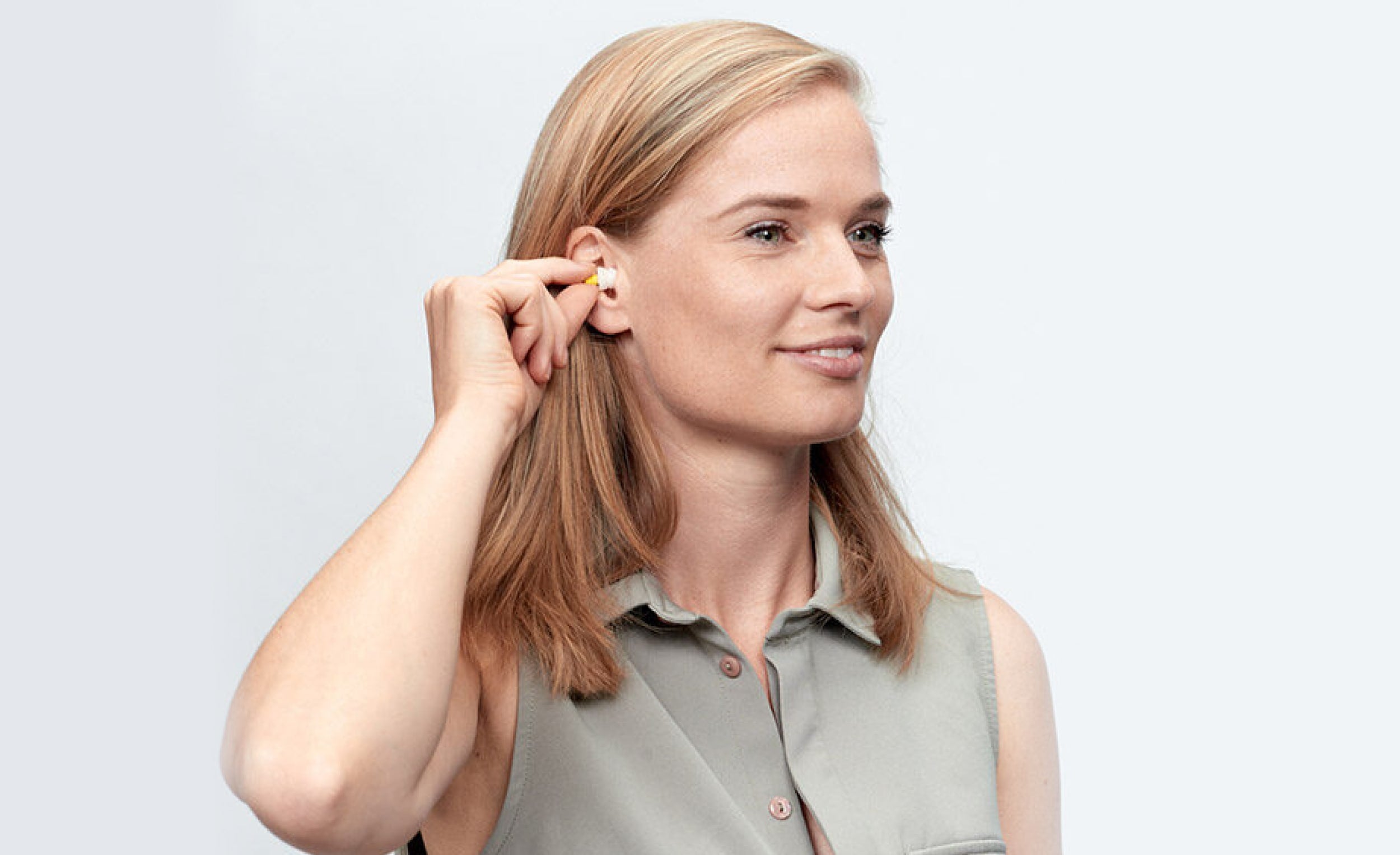Our best-selling product redesigned to meet the needs of our most demanding customers: professionals. Best-in-class battery life, sound quality, connectivity, and durability.
Features
ISOtunes PRO 2.0 delivers unmatched durability, improved usability, and up to 16 hours of battery life.
- Redesigned comfort-fit earhook
- Chrome-plated brass ear stem
- Noise-isolating microphone for clear calls in loud environments
- Easy-to-use controller
SLC80 15dB
This hearing protection product complies with the Australia/New Zealand standard and has been tested in accordance with AS/NZS 1270.
It has an SLC80 rating of 15 (which in rough terms means it blocks about 15dB of noise) and is a Class 5 hearing protector.
- Class 1: SLC80 10–13 - Suitable for <90 dB noise levels
- Class 2: SLC80 14–17 - Suitable for <90-95 dB noise levels
- Class 3: SLC80 18-21 - Suitable for <95-100 dB noise levels
- Class 4: SLC80 22-25 - Suitable for <100-105 dB noise levels
- Class 5: SLC80 ≥26 - Suitable for <105-110 dB noise levels
SLC80 Explained
Under AS/NZS 1270:2002, hearing protection is tested for its Sound Level Conversion (SLC80) rating, which indicates the difference between the environmental noise and the sound reaching the wearer’s ears. This rating helps determine the appropriate Class of hearing protection for specific noise levels.
Australian and New Zealand workplaces are obligated under AS/NZS 1269.3:2005 to:
- Conduct noise level surveys to assess exposure (measured as LAeq,8h).
- Provide suitable hearing protection for workers exposed to noise above 85 dB(A).
- Ensure hearing protection is maintained and properly fitted to achieve effective attenuation.
Employers must select hearing protection suitable for the measured noise levels, ensuring compliance with occupational noise management regulations.
NRR 27
An NRR of 27 means that the hearing protection is estimated to reduce noise levels by an average of 27 decibels across various frequencies.
'NRR' in hearing protection stands for 'Noise Reduction Rating,' which is a single value used to indicate the average level of noise reduction a hearing protection device provides across different frequencies, essentially telling you how much sound attenuation the earplugs or earmuffs will offer when worn correctly; the higher the NRR value, the greater the noise reduction level is considered to be.
NRR is primarily used as a rating system in North America, while Europe often uses 'SNR' (Single Number Rating) and Australia/New Zealand use 'SLC80'; which both differ slightly in calculation.

